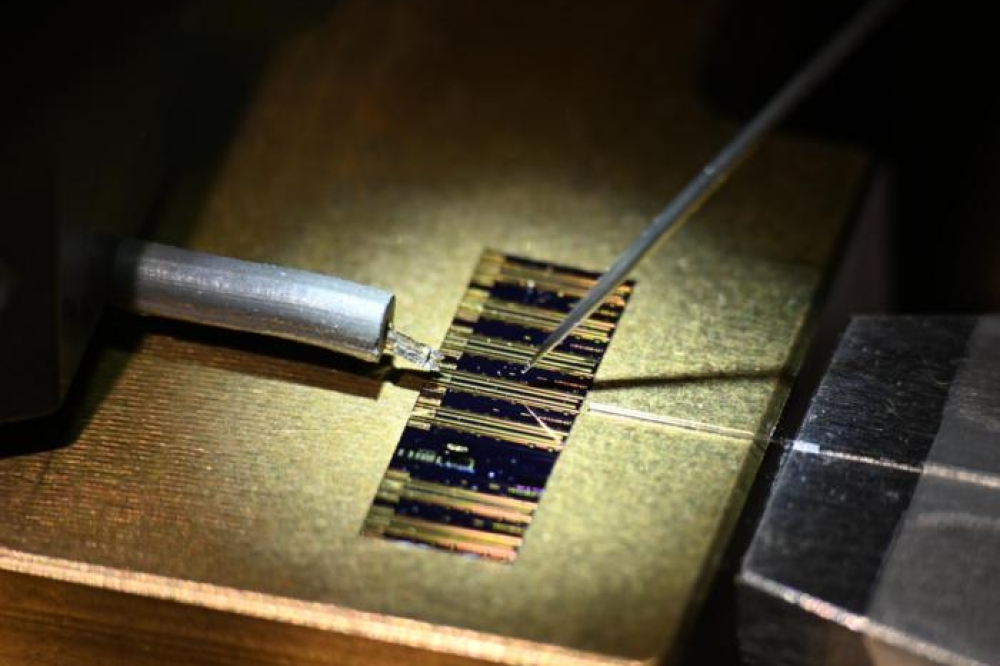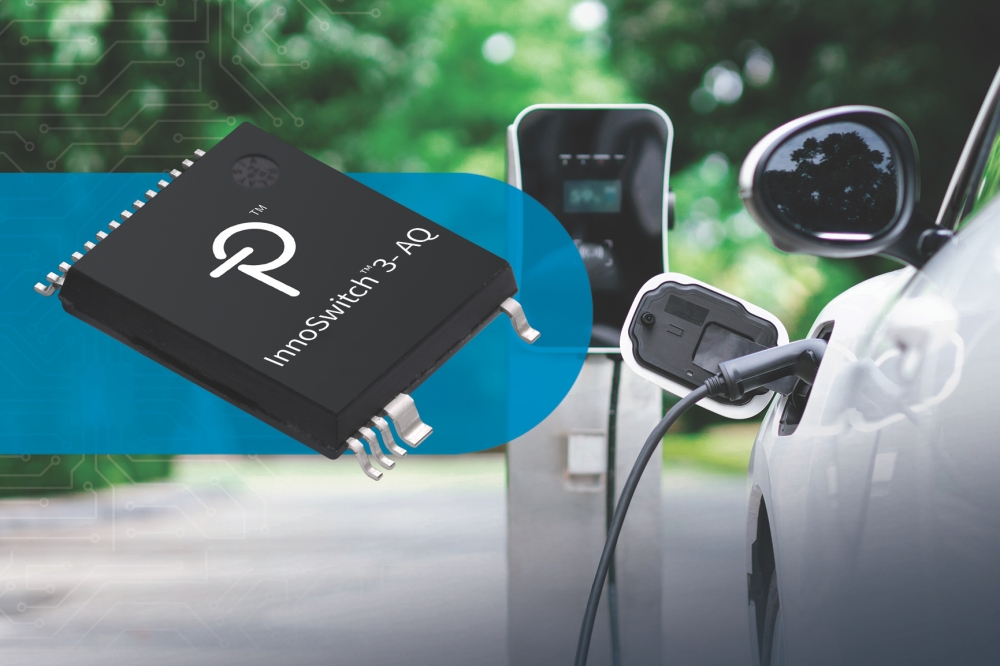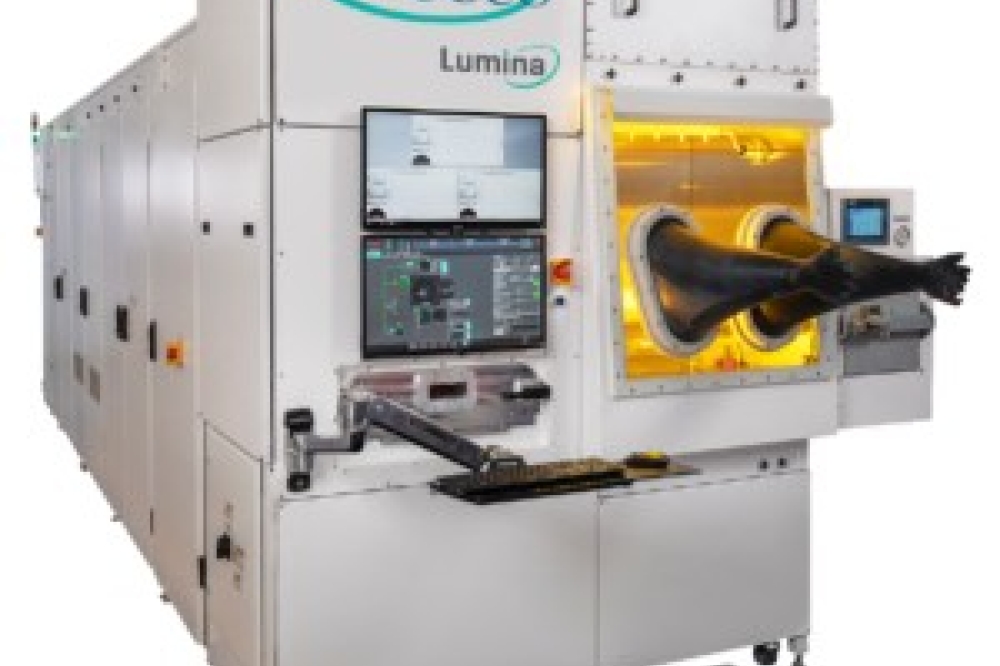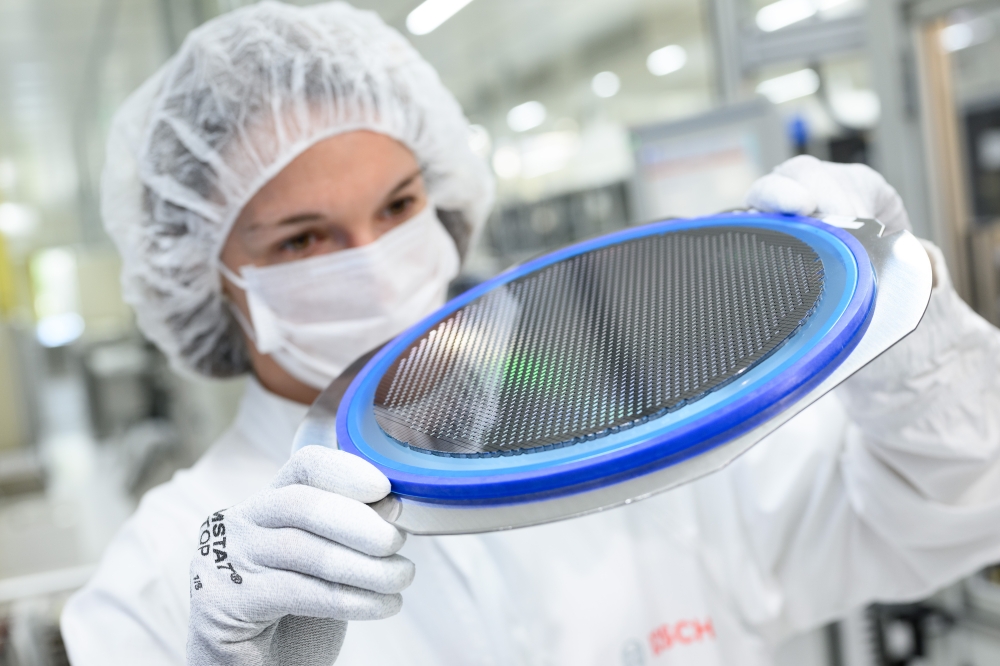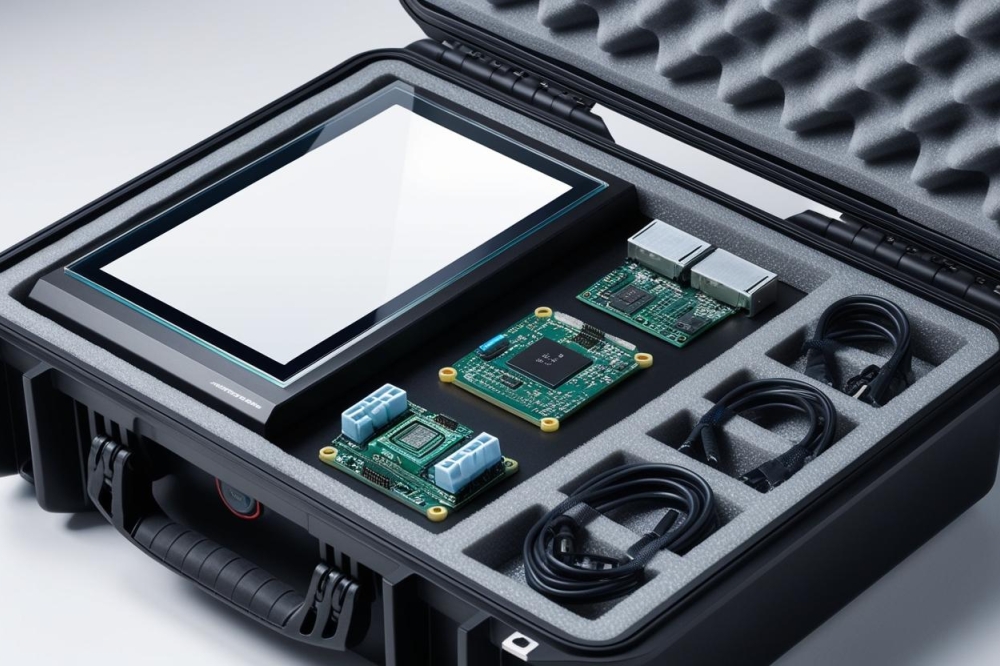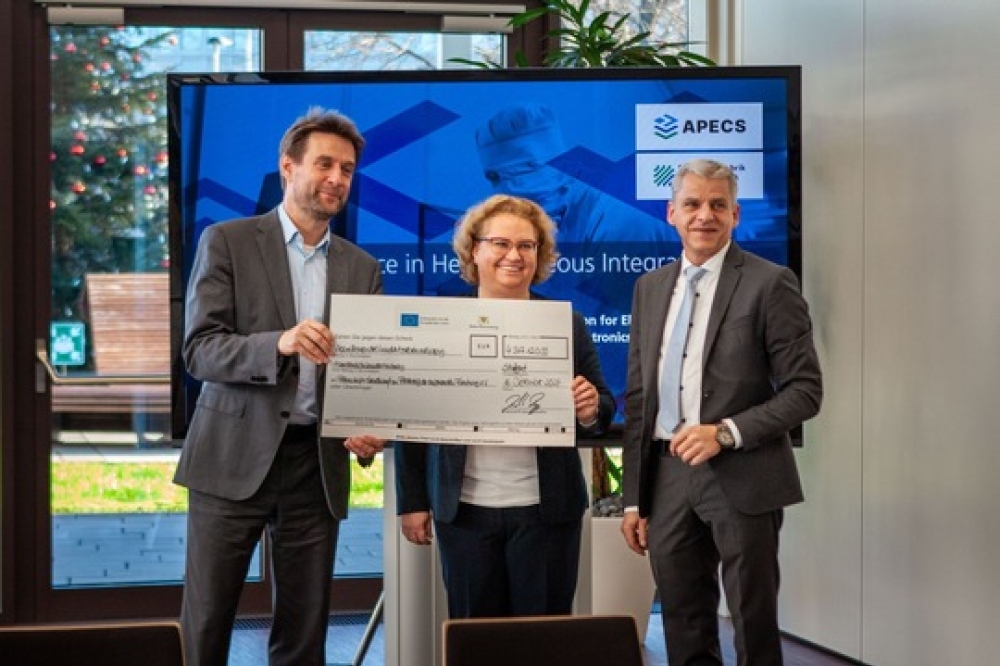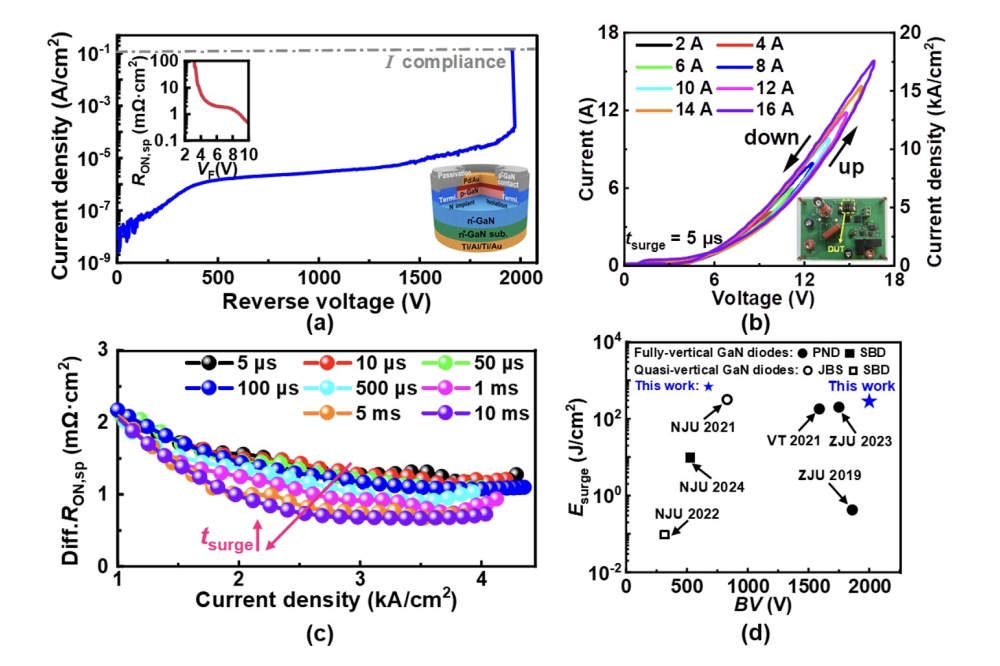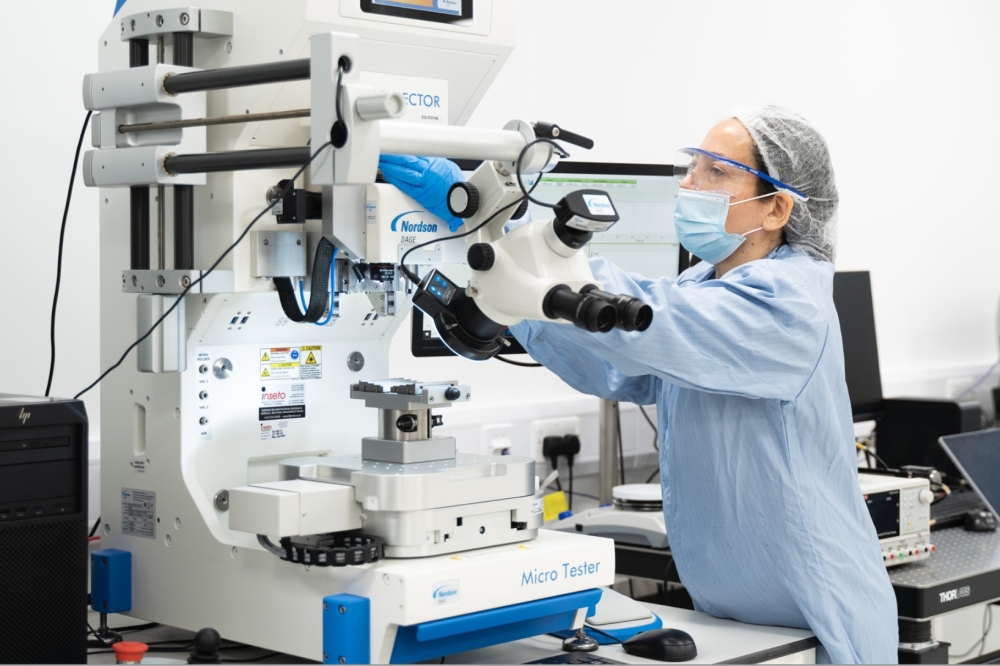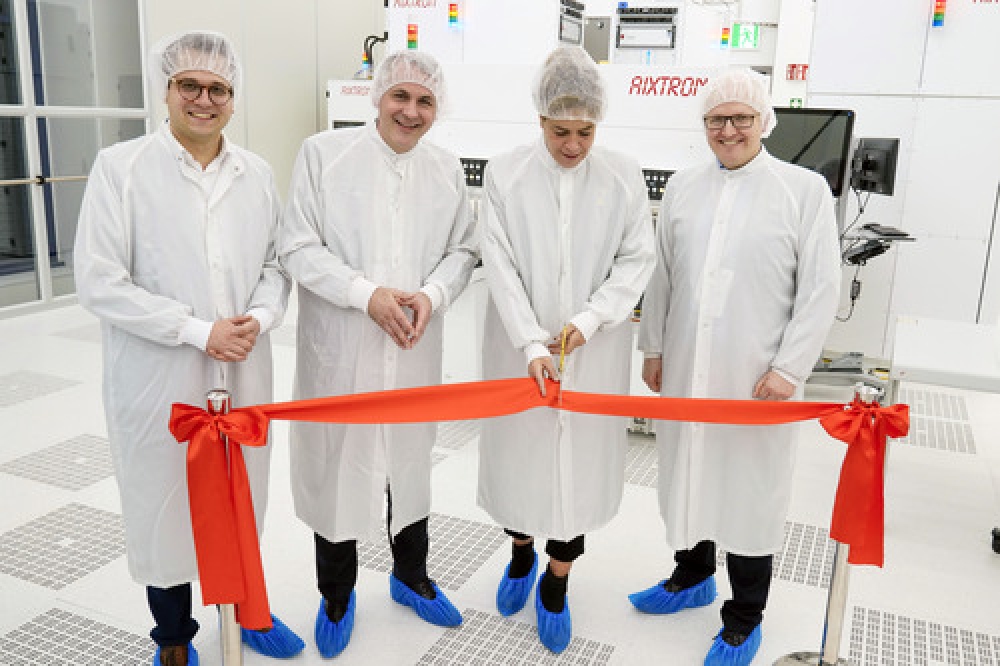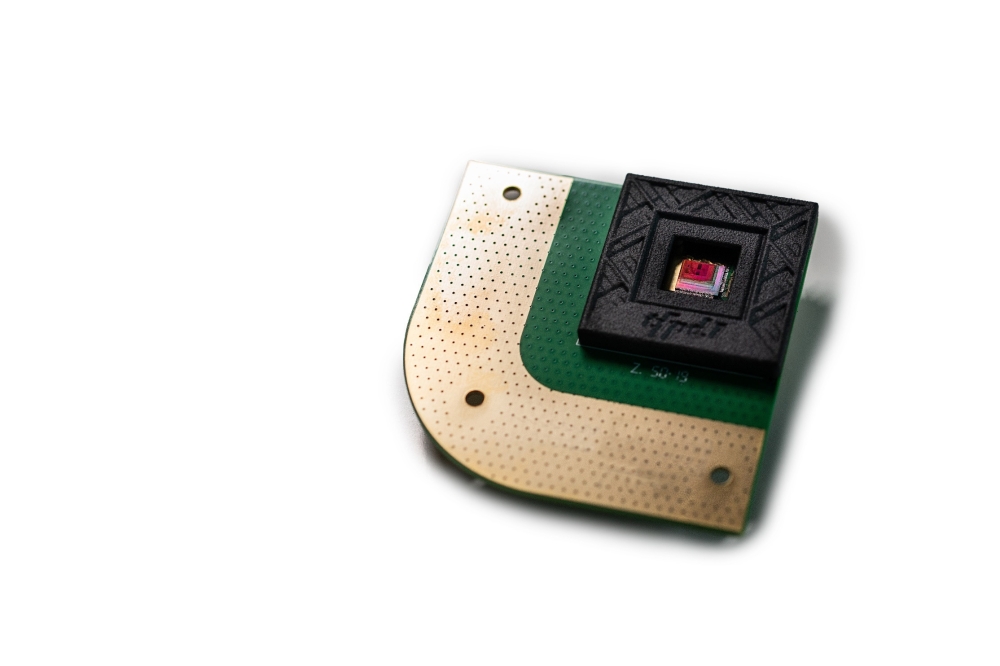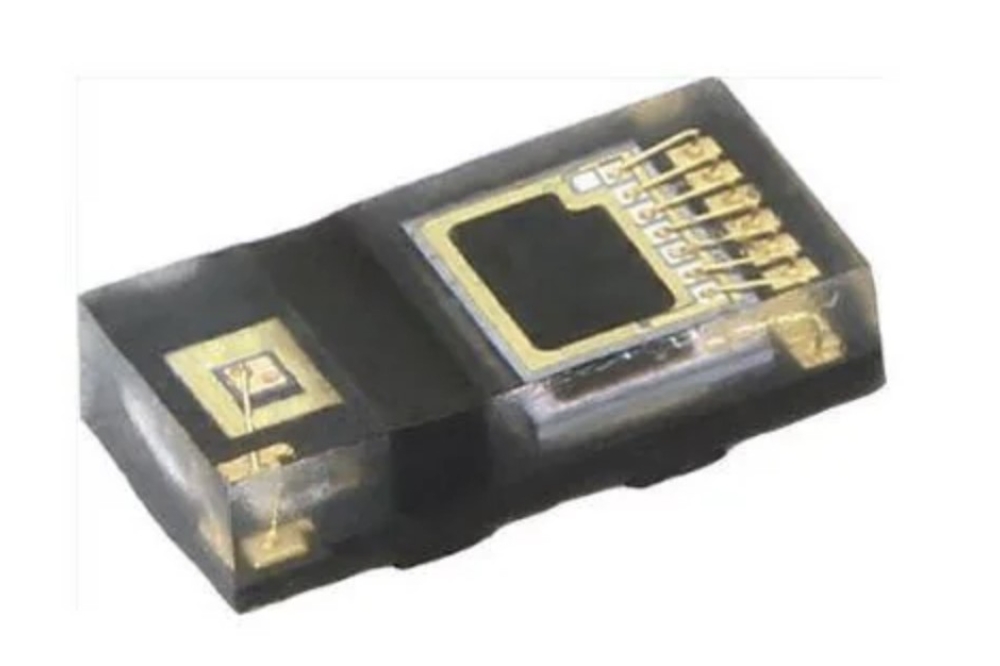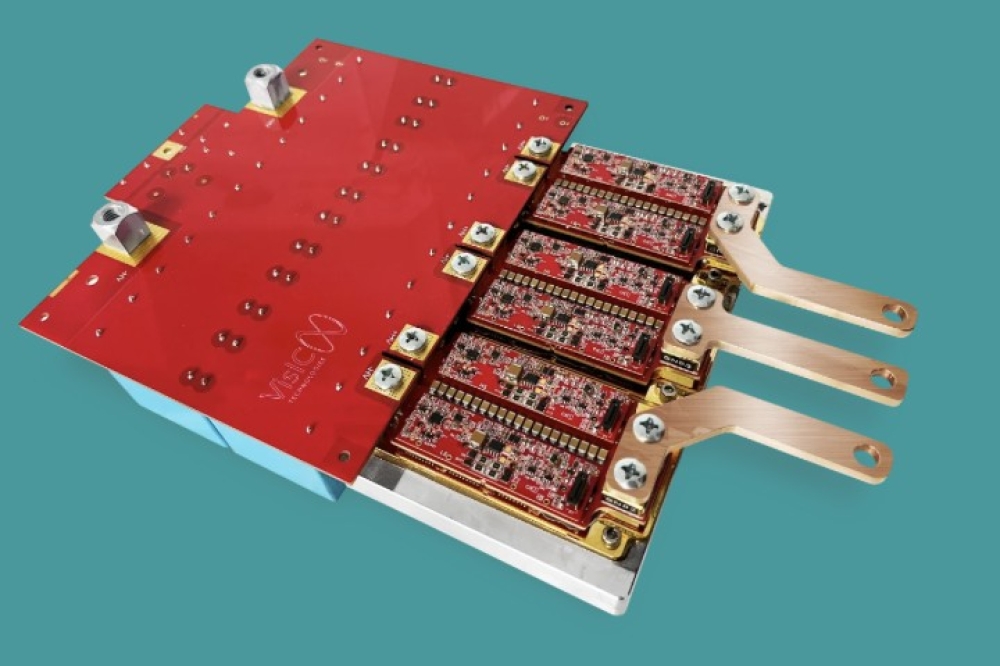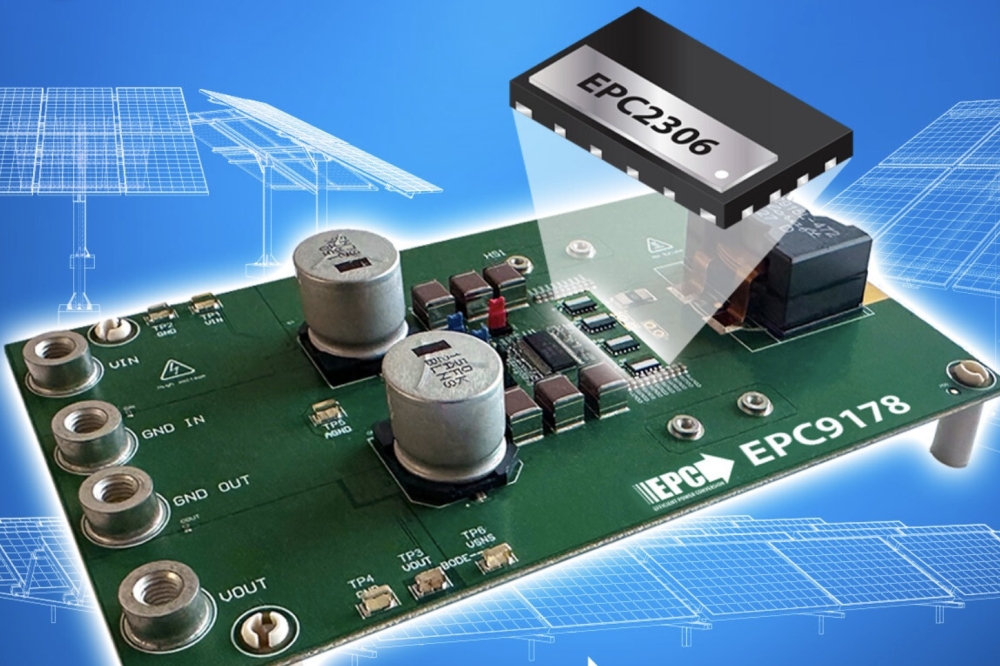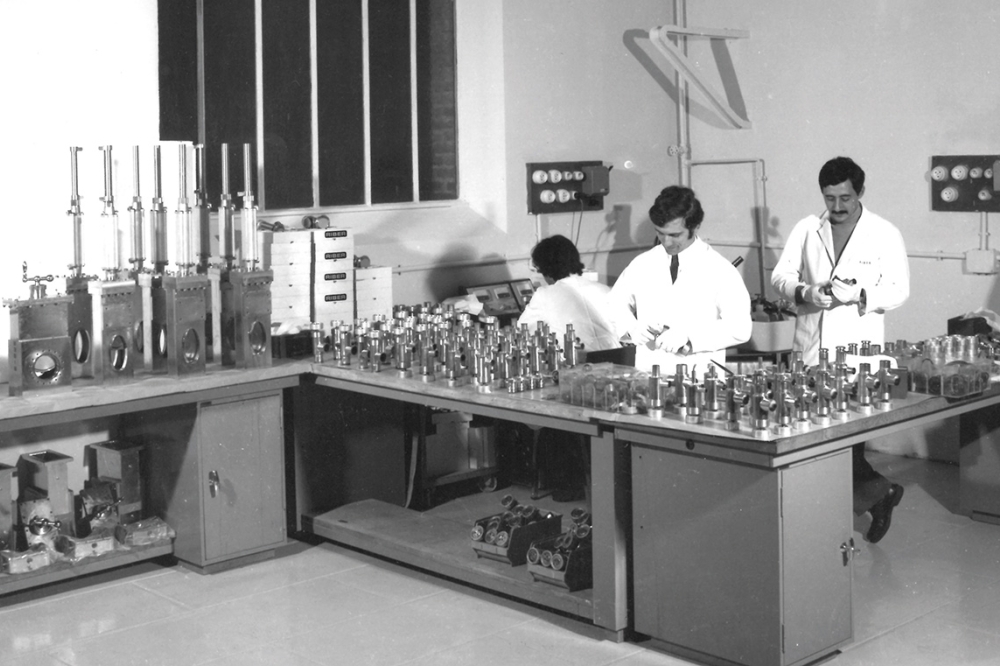Infrared LEDs: invisible driver of optoelectronics market
Over the past ten years, visible LEDs have been adopted widely in many different applications, as prices have fallen and new technologies have been developed to make full use of them. The Infrared LED market is now also experiencing a similar increase, according to a research note from IHS..
The market for infrared ambient light and proximity sensors was expected to continue growing very quickly in the near future; however, it is now expected to slow down significantly, as the market for sensors in tablets and smartphones begins to saturate. But the market for infrared components is still expected to grow from $1.3 billion in 2014 to $1.5 billion in 2020.
So where is this growth coming from? The answer lies in the market for infrared LEDs, photodiodes, and phototransistors, says IHS.
Infrared LEDs have in the past been used in a variety of applications, mostly in remote controls for consumer goods. But over the past few years, there has been a huge increase in the popularity of consumer do-it-yourself (DIY) security cameras. Each of these cameras has a number of rings of infrared (IR) LEDs, to provide night vision capabilities, meaning that in each camera sold, there could be anywhere from 10 to 50 IR LEDs. The gain in popularity has had a major impact on the market in China where the majority of these cameras are manufactured.
Despite gains in security cameras, the real growth potential lies in the automotive market. Over the past 10 years, many leading automotive manufacturers have increased the number of sensors and 'smart' capabilities into their vehicles. Many newer technologies - such as rain, light and tunnel sensors - now come standard on many vehicles.
Other applications of IR devices in cars include proximity, parking, lane detection and driver drowsiness sensors, and as such the IR LED market is growing strongly in the automotive market, with an 11 percent compound annual growth rate (CAGR) forecast from 2014 to 2020.
In automotive applications, each IR LED might be paired with a number of photodiodes or phototransistors to act as sensors. The success of the IR LED market is inherently linked to the success of the photodiodes and phototransistor market.
Over the next six years, with the emergence of more smart technologies and the focus of many consumers on safety and security, the market for IR LEDs, photodiodes and phototransistors can only increase. However the market for visible LEDs is more than 10 times the size of the market for IR LEDs, meaning that whatever happens to the market for IR LEDs, the effects on the wider optoelectronics industry will still be dictated by the behaviour of the visible LED market.

